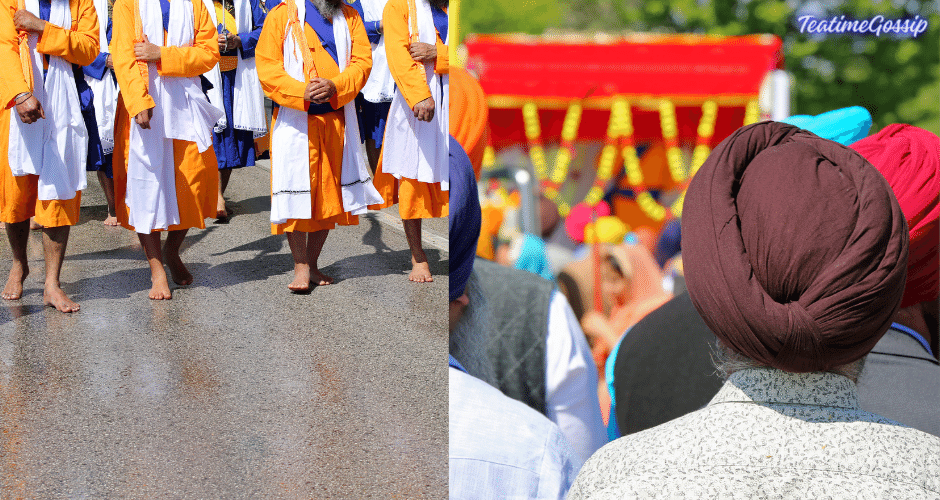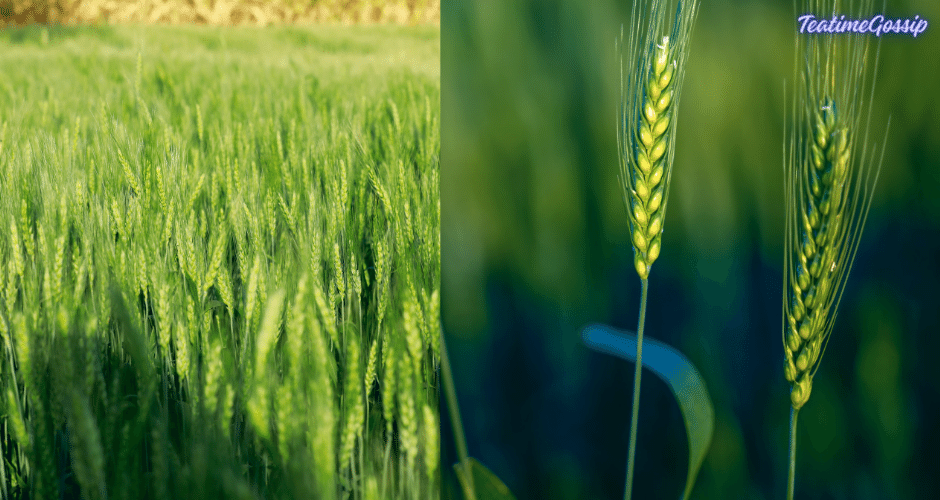Vaisakhi: Celebrating Harvest, Community, and Renewal

Vaisakhi, also known as Baisakhi, stands as a vibrant festival celebrated with immense zeal and fervour, particularly by Sikh and Hindu communities across the Indian subcontinent. Rooted in both agricultural and religious traditions, Vaisakhi holds deep significance, marking the onset of the harvest season and commemorating key historical events in Sikhism. This auspicious occasion serves as a time for rejoicing, reflection, and communal unity, fostering a sense of gratitude and renewal among participants.
Historical and Religious Significance:
The roots of Vaisakhi can be traced back to ancient times, with historical and religious significance embedded in its origins. For Sikhs, Vaisakhi holds special significance as it marks the formation of the Khalsa Panth by Guru Gobind Singh Ji in 1699. On this auspicious day, Guru Gobind Singh Ji established the Khalsa order, a community of initiated Sikhs, and initiated the first five members (Panj Pyare) into the Khalsa fraternity

Harvest Festival:
As a harvest festival, Vaisakhi heralds the beginning of the harvesting season in the agrarian regions of northern India, particularly Punjab. Farmers rejoice in the abundance of nature’s bounty, offering prayers of thanksgiving for the fertile land and abundant crops. The festival is characterized by colorful festivities, folk music, traditional dance performances, and vibrant processions that animate the countryside.
Cultural Celebrations:
Vaisakhi is celebrated with exuberance and gusto, with each region infusing its unique cultural elements into the festivities. In Punjab, the heartland of Vaisakhi celebrations, communities come alive with bustling bazaars, bustling streets, and spirited processions known as Nagar Kirtans. These processions feature the singing of hymns from the Guru Granth Sahib, martial arts displays, and the stirring beat of the dhol (drum).
Religious Observances:
For Sikhs, Vaisakhi holds profound religious significance as it commemorates the founding of the Khalsa Panth and the baptism ceremony (amrit sanchar) initiated by Guru Gobind Singh Ji. Sikhs flock to gurdwaras (Sikh temples) to offer prayers, participate in kirtan (devotional singing), and partake in langar (community meals) as a symbol of equality and unity.

Community Service and Seva:
Vaisakhi embodies the spirit of seva (selfless service) and charity, with Sikh communities engaging in various philanthropic activities to serve the less fortunate. Community kitchens (langars) are set up to offer free meals to all, irrespective of caste, creed, or social status, exemplifying the principles of equality and compassion espoused by Sikhism.
Unity and Brotherhood:
Vaisakhi transcends religious and cultural boundaries, uniting people of diverse backgrounds in a spirit of brotherhood and harmony. Hindus, Sikhs, and people of other faiths come together to celebrate the festival, fostering bonds of friendship and mutual respect.
Conclusion:
Vaisakhi is a celebration of life, abundance, and spiritual renewal that resonates deeply with communities across the Indian subcontinent. From its origins as a harvest festival to its significance as a religious observance for Sikhs, Vaisakhi embodies the essence of gratitude, unity, and shared prosperity. As communities gather to commemorate this joyous occasion, they reaffirm their commitment to the timeless values of love, service, and solidarity, embodying the spirit of Vaisakhi in all its splendour